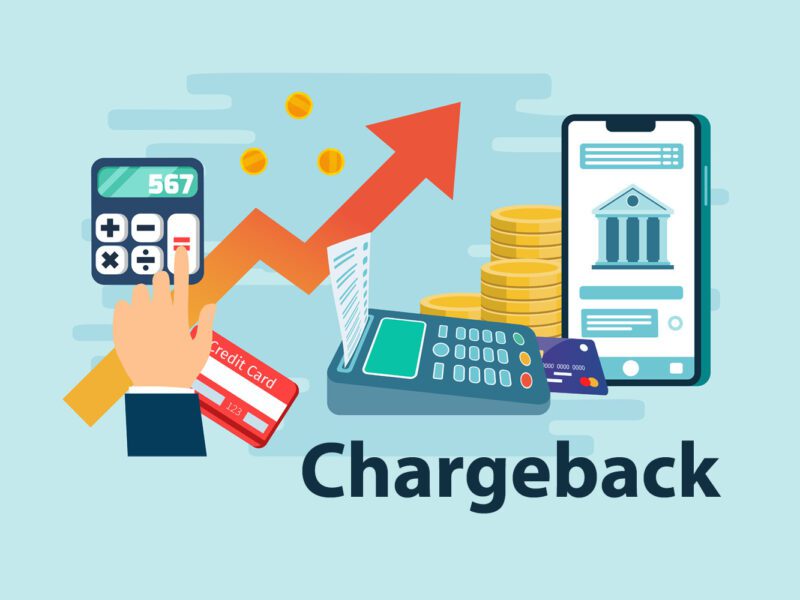
Wine Fraud Prevention Through Modern Technology
Wine fraud takes place when the product is misrepresented in terms of its grape variety, vintage, or region of origin. However, there are huge challenges in its detection, and this has led to growing concern from consumers as to whether they are really receiving the wine they’ve purchased.
In recognition of the issue, technology is now playing a role in the fight against wine fraud, with new applications and devices that can help verify the authenticity of a wine. In this post, we’ll explore what wine fraud is, how it’s perpetrated, and how new technology is helping to prevent it.
What Is Wine Fraud?
Wine fraud can take many different forms, but the most common type is called “cross-labeling.” This is when a wine is labeled with a grape variety or vintage that is different from what it actually is.
For example, a wine may be labeled as a Pinot Noir when it’s actually made from a cheaper grape variety. Cross-labeling is often used to inflate the price of a wine, as consumers are willing to pay more for a wine they believe is of higher quality.
How Serious Is This Problem?
Well, wine fraud refers to more than just counterfeit labels. In fact, counterfeiting wines is actually a big industry in many countries. According to estimates, the wine industry loses a total of $3 billion annually due to wine fraud. For instance, hundreds of counterfeit Jacob’s Creek wine bottles, which were sold for under $15 each, were found on the UK market in 2011.
How Does Wine Fraud Occur?
While tales and headlines about fake wines are certainly glamorous, there are innumerable other ways for people to take advantage of unwary wine collectors and make a lot of money. Theft at production and storage locations, non-delivery of orders and investments, and the sale of wines with defects are a few examples of these.
Wine fraud can also happen when the wine’s country of origin is misrepresented. For instance, a wine may be described as being from Napa Valley when it’s actually from a less expensive region; this is known as “geographic misrepresentation.” Geographic distortion is frequently employed to elevate the perception of a wine’s prestige or rarity, which can also raise its price.
Detecting Wine Fraud
There are a few warning signs that can help you identify wine fraud. First, be suspicious of any wines that are priced significantly below their expected value. Second, look for inconsistencies on the label, such as a vintage that doesn’t match the grape variety. And third, be aware of any sudden changes in a wine’s price or availability.
How Technology Is Helping Prevent Wine Fraud
Sadly, counterfeiters have stepped in to fill the gap left by the rise in internet sales brought on by the epidemic and new collectors who only want to buy wine and not build relationships with wine consumers.
However, it is also technological advances that are one of the most important tools in the fight against wine fraud. New applications and devices can help verify the authenticity of a certain wine and track its provenance.
Blockchain Technology
Blockchain technology is one technological advance that’s being successfully utilized in wine fraud prevention. The blockchain is a decentralized, unchangeable digital record that can serve as a single source of factual information for any kind of contract, or in this case, the provenance of the wine.
In a network of computer systems, each participant’s ledger, or block in the chain, receives a copy of each transaction that takes place. Individual parties find it challenging to influence the outcomes due to the decentralized nature of record-keeping.
The creation of a product on a smartphone is geolocated and time-stamped, and that’s the location and timing of the fruit’s harvest for wine.
This works by following the wine’s provenance from the time and location of the grape harvest and the variety to the wine processing steps, including crushing, pressing, fermenting, blending, and finally ending up in the bottle.
The consumer is then able to wave a smartphone over the integrated microchip to verify the integrity and validity of the product, and every stage of the voyage would be logged on the blockchain. It would also record if a bottle had been tampered with.
Consumers can receive a plethora of information from producers. They might offer observations on the vintage or harvest in addition to information about the wine’s movement through the distribution system. The technology can reveal who handled the wine during storage and transportation, as well as the temperature ranges the bottle was exposed to.
Final Thoughts
If you’re a collector or even if you just enjoy the occasional splurge on a good bottle of wine, you’ll want the reassurance that you’re really receiving what you’ve paid for.
Likewise, the producers want to ensure the credibility of their product and ensure that consumers only ever receive the wine that they ahve so carefully crafted.
A wine producer’s anti-counterfeit systems are strengthened by blockchain registration, which lowers the market’s prevalence of fakes and increases brand value. Technology can play a key role in preventing wine fraud, and it’s something that all wine lovers should keep an eye on.







